Marketing in pharma can be tough. In the contract manufacturing space where the services of one provider might look very similar to another, it can be a challenge to build a distinctive brand and to target at customers at the right moment in their drug development process.
In the latest episode of the PharmaSource podcast, Elliott Berger – formerly Chief Marketing Officer at Catalent and currently Strategic Advisor for Orientation Marketing and Fractional CMO – shares his insights into how marketing can make a real impact in this industry.
From babies to baby molecules
Elliott has previously held a series of senior positions in J&J Consumer Group of Companies on world famous brands like Johnson’s Baby. “In consumer health we would spend literally hundreds of millions of dollars to experiment and work the best talent, best agencies, the best creatives and the biggest media companies”.
He then applied those lessons to Catalent where he led “one of the most active and aggressive marketing programmes in this industry”.
Elliott found the biggest change in moving into B2B was to “adjust from large, emotional marketing to drive impulse purchases” to targeting a business customer “who are trying to buy complex projects with multiple stakeholders, multiple influencers or large process large spending over a period of time.”
Elliott draws a direct comparison between targeting pregnant women, who are at a clear stage in the baby’s development, and targeting pharmaceutical executives who are nurturing their “baby molecule” through the drug development process.
In the interview he shares the following best practices for marketing that can cut through the noise:
1. Start by understanding your audience
“You have to be very, very clear on who your audience is, where they are, what they are doing.
Then you have to be very cognizant of their decision-making process, and what the benefit they’re looking for at every step of that decision-making process.“
2. Build a trusted brand first, sales will follow
“Whether in B2C or in patient marketing, your marketing strategy replies upon scale and creativity, getting noticed with emotional and brand appeal.” says Elliott.
“People always make a mistake of saying that sales come from factors such as service capacity, quality, regulatory. The reality is those validation factors come later, after trust.”
“Finding a contract manufacturer to trust my baby molecule to is almost like picking a kindergarten…
do I trust my child over here? Is it clean? Will they poison them with their food?” says Elliott.
“People save their entire lives working on one or two molecules. That’s their hopes and dreams to cure the world and to make a billion dollars. If they don’t trust you they won’t leave it with you.”
“You need that trust first before the sales team can go to them. If they don’t know who you are they won’t trust you with my molecule. They don’t care what your capabilities, capacity or cost, none of that – you’ve got to get on the initial list.”
3. You must differentiate
“It’s much harder to differentiate in B2B than consumer” says Elliott. “When I go to a tradeshow I still surprised how all sound the same. Unless you get yourself a very experienced marketer, and good agency, and you really, really hold yourself to a higher standard, you’re going to sound like everyone else.”
He explains there are three main approaches he sees again and again:
- ‘We will do whatever you want’ positioning that says they’re dedicated to you. “
- Russian Roulette, or ‘death by bullet point’ positioning, where you just put everything into bullet points (and everybody’s got more or less the same bullet points).
- Fake white lab coat positioning, saying “Hey, we’ve got the experts”, and everybody does that too
“It’s tough to sound different, but you have to you have to do it. You have to delve deeper into the customer benefits your particular services, the history of that company or whatever it is that will make the potential customers remember you at just the right time.”
4. Find unique and honest benefits
Your content and messaging should be a unique and provable articulation of your company’s expertise,.
“At Catalent we went for the undisputed leader in technology and manufacturing scale positioning, that you can really leave your baby molecule with us and we’ll get it to market faster and with less risk.”
“A lot of other people get lost in the middle ground and don’t stand out. You’ve got to find an angle. “
“Don’t say you are a leader in APIs if you are not. But if you say, ‘I am the fastest and that that is a more important for the customers that I serve’, that’s a far more interesting message.”
“You should always have proof of your claims. If you say you’re the fastest, you should have some proof on file because otherwise you’ll lose your credibility really quickly.”
5. The buying window is small
“People are only buying what CMOs have to sell at a very rare occasion where that particular project comes to that particular stage.” says Elliott.
“You have to be there at the right time, with the right benefit. If you’re a few weeks earlier or later, you’re out of the game.”
The buying window is so narrow that “if they don’t remember you for that one week, you just wasted all your time. It’s different to the B2C space, because the consumers are buying much more frequently.”
“You have to be much more disciplined, structured, and far sharper on your benefits.”
6. Map content to pipeline stages
In the drug development process, there are very specific stages about when the customer needs very specific things. “The process is to some extent predictable.” says Elliott.
It’s hard to target customers because they might not identify themselves to you. “They work on multiple projects and there’s a lot of privacy and confidentiality, and secrecy.”
“The key thing is to make your benefit apparent, and make your content very helpful to a particular group of customers that particular time. When you’re creating content, you always have to keep in mind exactly who you’re talking to – e.g. early stage scientists – and if the content is helpful and important to that person.”
“You have to really have enough content, which is difficult to produce cost-effectively, mapped to the services you’re selling.”
7. Media planning is a science
No company comes to your website, says Elliott, so you proactively get your content in front of potential buyers.
“The classic marketing concept of reach and frequency applies very much.” he says. “You need to really focus on the right audience, and you need to create the right content in front of them often enough.”
“Marketing is a science, there’s a particular math. You have to reach the right number of people at the right time. You can multiply the average number of time people see things by the average number of times people click on it.”
8. Lawyers can be a free editing service
A day-to-day challenge faced by marketers in pharma is getting content approved by legal teams. Lawyers “sometimes called the Business Prevention Department” can be a useful resource for savvy marketers, says Elliott.
“I actually get along with the lawyers, because saying the wrong thing will land you in jail. However a lot of the time they are ‘editorialising’, double-checking my grammar. I use them as a free editing service.”
Elliott advises asking lawyers to mark up a document in three colours: “Red, don’t write it, we won’t defend you; Blue, you can write it, but there’s a risk; or Green – they are editorialising and I can accept their input or not.”
“The good news for those marketing in the B2B services space, you typically stay away from marketing to patients of healthcare professionals, and so you’re not subject to the FDA regulations on your advertising. If you talk about the benefits of your technology or your services or your science that keeps you out of the FDA purview.”
Listen to the full episode for more insights into marketing in the pharmaceutical industry.

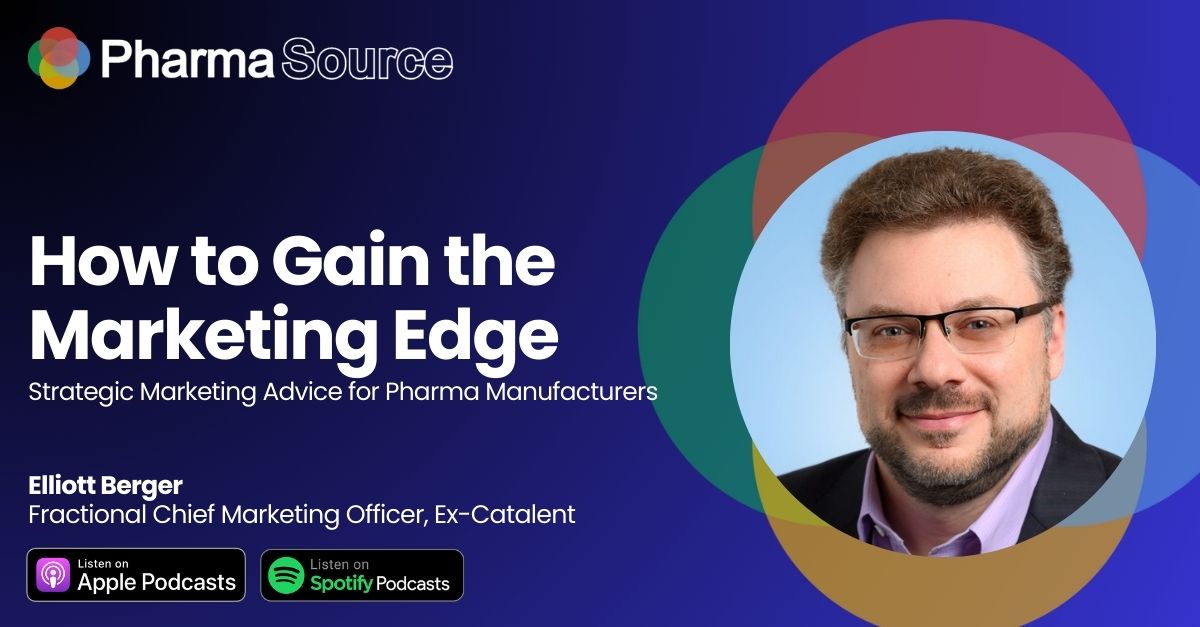
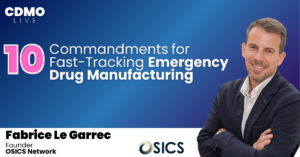
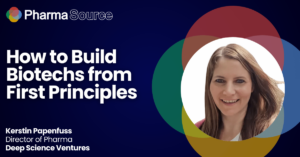
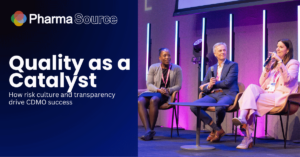

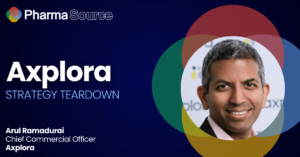


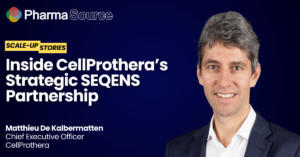
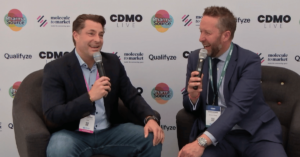
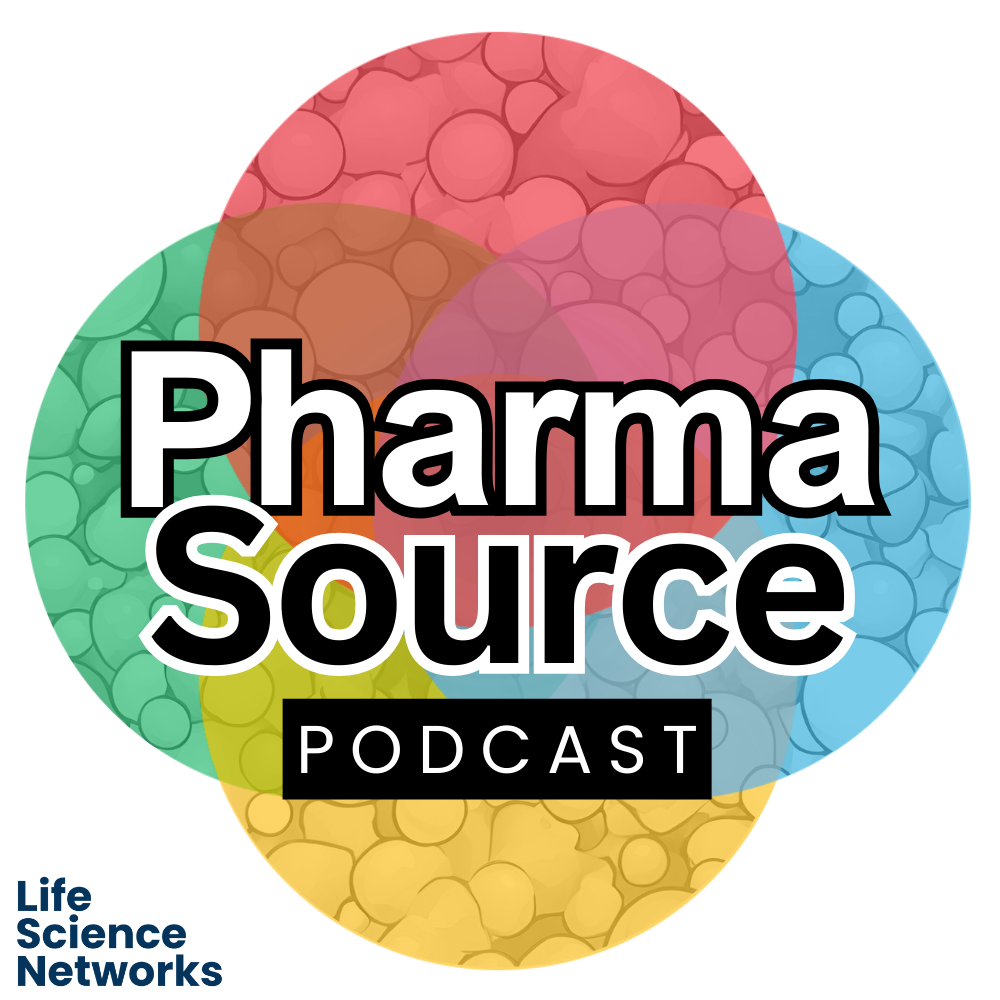
 Stay ahead of trends and best practices
Stay ahead of trends and best practices
